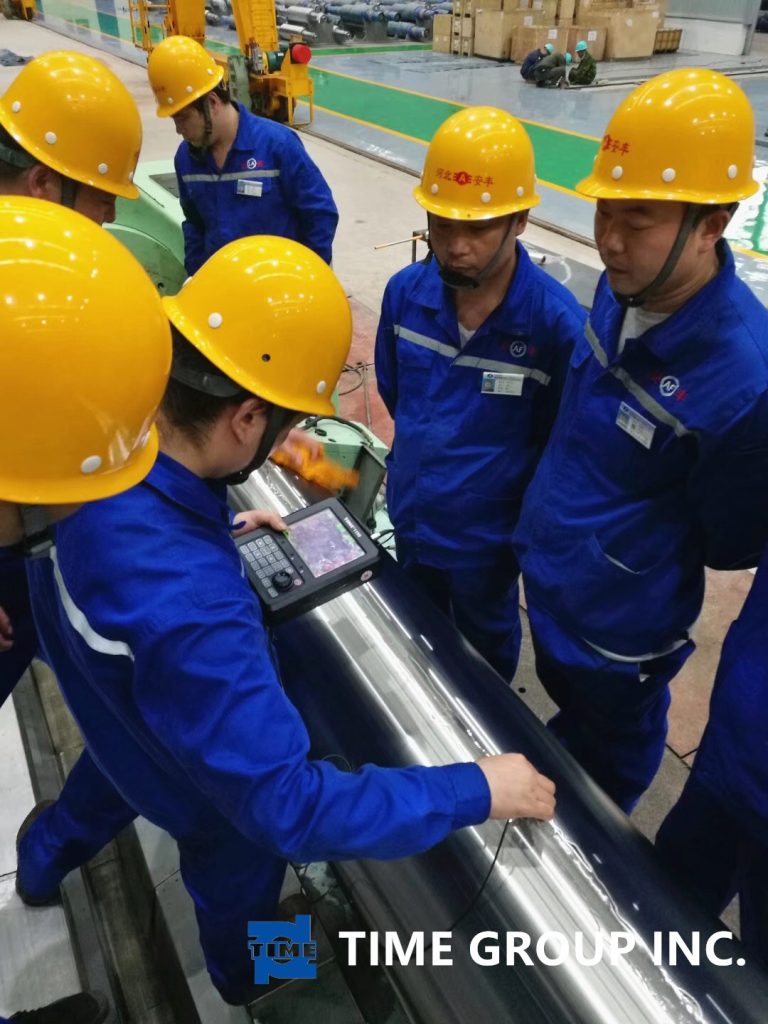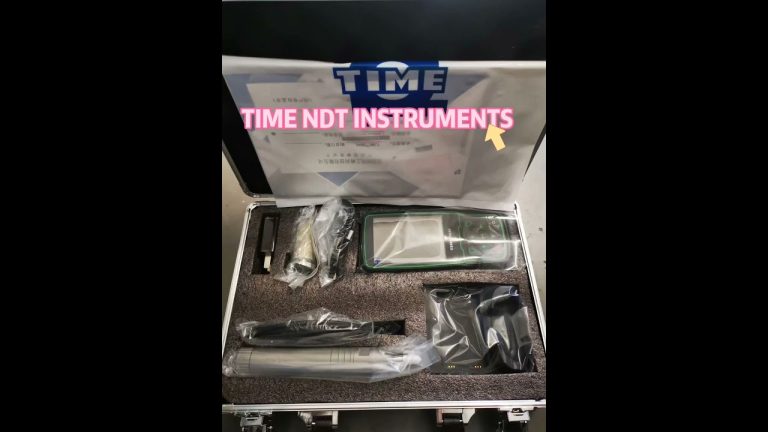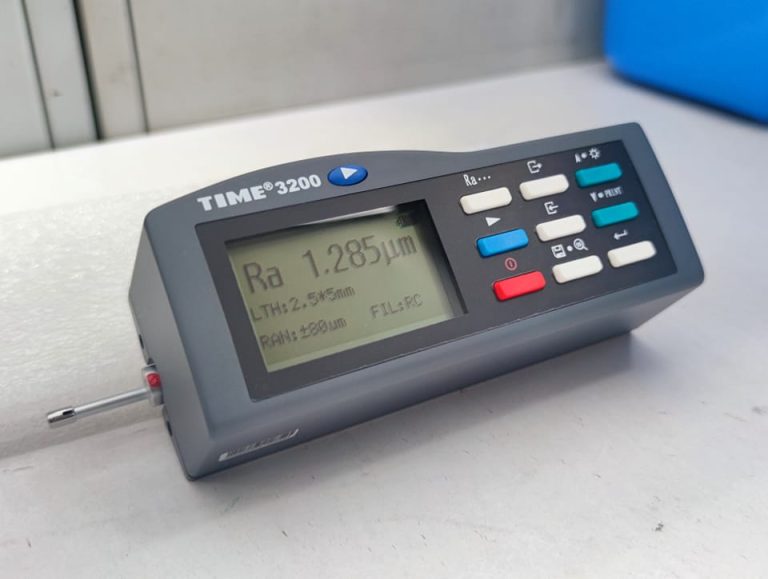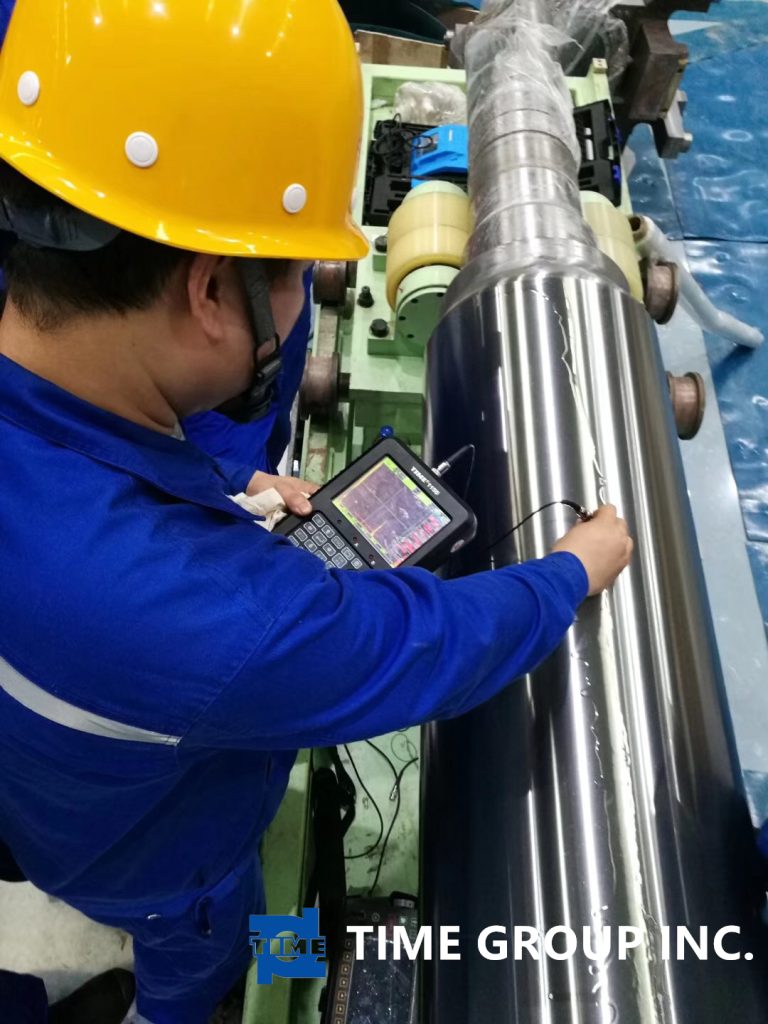非破壊検査とは?

- 一般的に使用される探傷方法は何ですか?
回答: 一般的に使用される非破壊検査方法には、X 線検査、超音波検査、磁粉検査、浸透探傷検査、渦電流検査、ガンマ線検査、蛍光検査、発色検査などがあります。 - 磁粉探傷の原理を教えてください
回答:その基本原理は、ワークが磁化されると、ワークの表面に欠陥があると、欠陥部分の磁気抵抗の増加により磁束漏れが発生し、局所的な磁界が形成され、ここで磁性粉末が欠陥の形状と位置を表示し、欠陥の有無を判断します。 - 磁粉検査の種類について教えてください。
磁粉探傷試験の欠点とは何ですか? - 回答:磁粉探傷装置はシンプルで操作が簡単、検査も早く、探傷感度も高いです。ニッケル、コバルトおよびその合金、炭素鋼および一部の合金鋼などの強磁性材料の表面または表面近くの欠陥を見つけるために使用できます。薄肉部品や溶接部の表面の亀裂の検査に適しており、一定の深さとサイズの不完全浸透欠陥も明らかにできます。しかし、溶接部の奥深くに隠れた気孔、介在物、欠陥を見つけるのは困難です。
Answer: 1) According to the different magnetization directions of the workpiece, it can be divided into circumferential magnetization method, longitudinal magnetization method, composite magnetization method and rotary magnetization method.
2) According to the magnetization current used, it can be divided into: DC magnetization method, half-wave DC magnetization method, and AC magnetization method.
3) According to the preparation of magnetic powder used in flaw detection, it can be divided into dry powder method and wet powder method. - What are the defects of magnetic particle testing?
Answer: The magnetic particle flaw detection equipment is simple, easy to operate, fast in inspection, and has high flaw detection sensitivity. It can be used to find surface or near-surface defects of ferromagnetic materials nickel, cobalt and their alloys, carbon steel and some alloy steels; it It is suitable for the inspection of cracks on the surface of thin-walled parts or welds, and can also reveal incomplete penetration defects of a certain depth and size; but it is difficult to find pores, inclusions and defects hidden deep in the weld.







